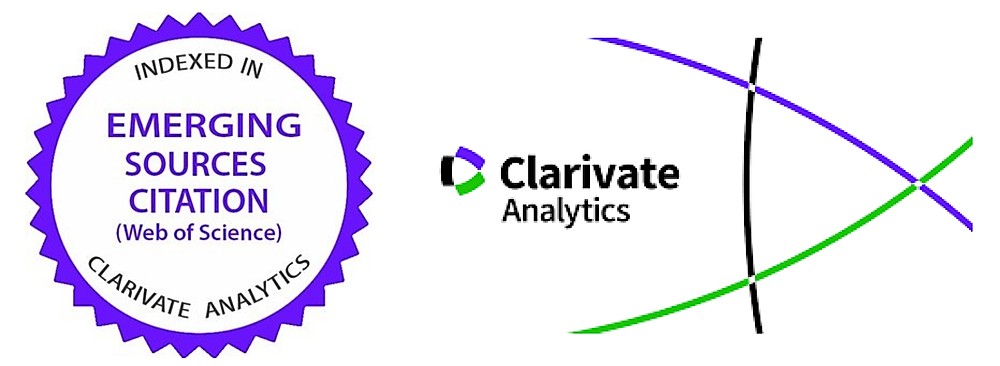Theoretical and Empirical Underpinnings Regarding Stock Market Forecasts and Predictions
Abstract
Current theories support an inverse relationship between the expected return on investment and the associated risk. The DCF valuation method highlights the fact that the value of the company is given by the ratio between the excess cash (at the numerator) and the risk assimilated by the capitalization rate (at the denominator). The modern portfolio theory MPT considers that the proportion of recommended securities is on a parabola in mean-variance space, the risk being assimilated to uncertainty. Practitioners assess the target and the risk (take profit/stop loss) based on the methods of technical analysis. We appreciate that these theories are divergent from each other, disconnected and therefore difficult to unify. Our approach, based on the probabilities associated with each level of future quotations, eliminates the disadvantages of current theories. The answer found is to try to establish as realistically as possible what the chances are that, over a certain period of time, a title will have a certain quotation (or be in a certain range). For reasons somewhat similar to those of sports betting, the conclusion that emerges from the article is that this approach, if well developed, gives superior results to those currently used. In subsequent studies, forecasting methods are to be developed, because we consider them the most important in the investment process.



























